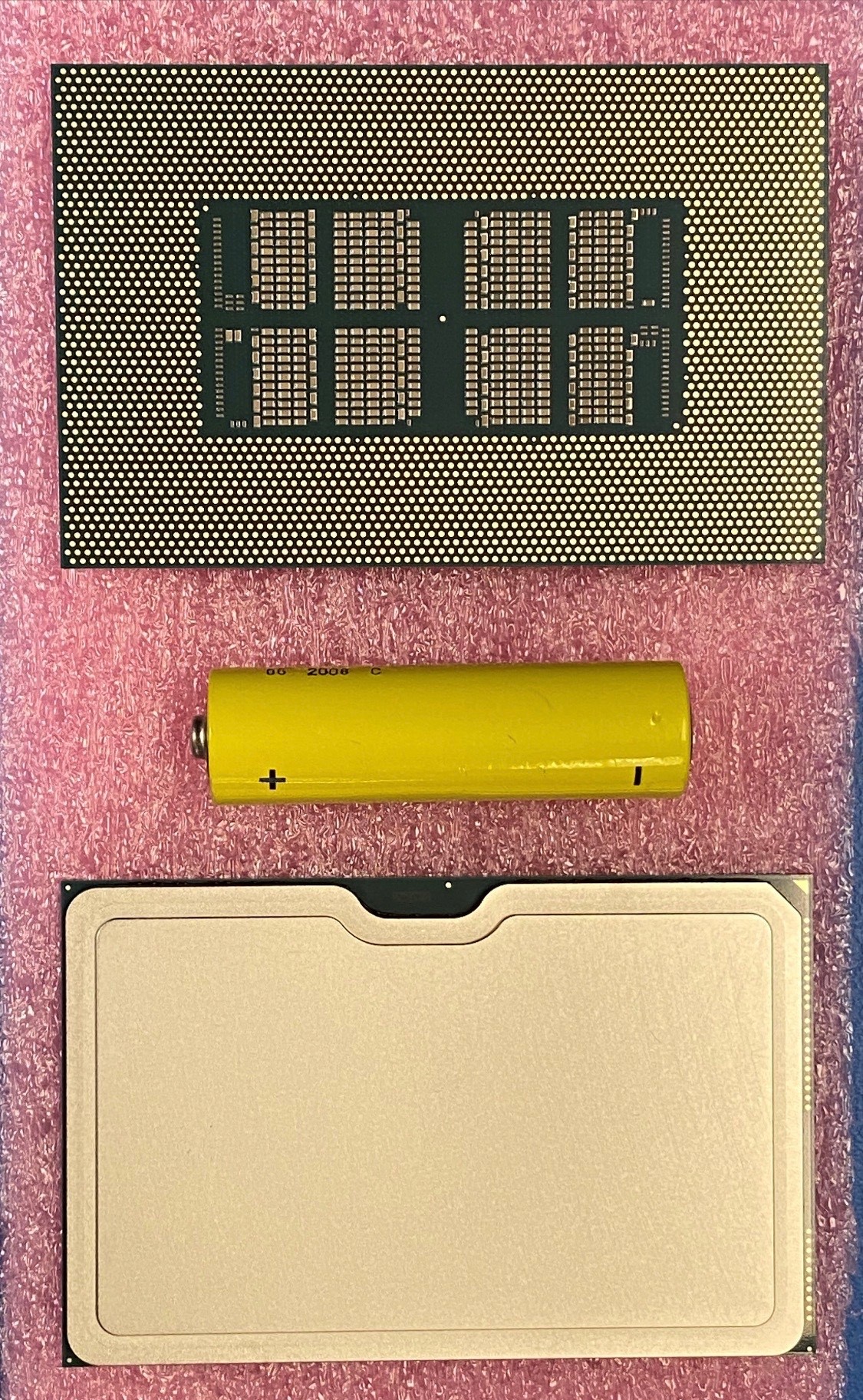Silent_Buddha
Legend
Considering that diagram is for an integrated GPU, I don't see where HDMI 2.1 could come in useful other than possibly VRR support which they could still implement in 2.0b if they wanted (like NV currently). 4k/120 or 8k aren't usage scenarios that are likely to see widespread adoption for laptop users using integrated graphics. People that want 4k/120 will mostly be "core" gamers who are going to buy a gaming laptop anyway.
HDMI 2.1 would be nice, but it's not exactly needed for integrated yet.
Regards,
SB
HDMI 2.1 would be nice, but it's not exactly needed for integrated yet.
Regards,
SB



